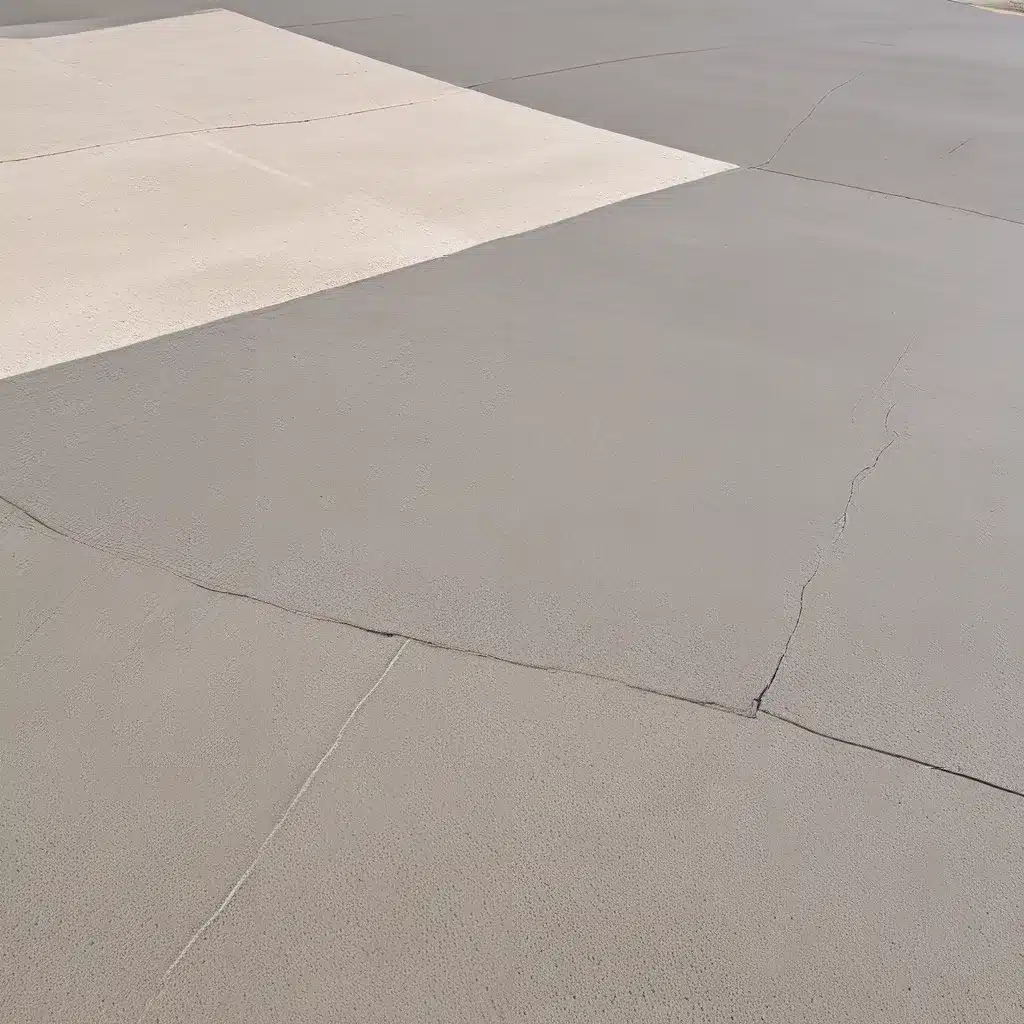
A Material with Endless Possibilities
I’ve always been fascinated by the versatility of concrete. Growing up, I remember watching in awe as construction crews transformed the drab landscape with towering skyscrapers, sturdy bridges, and sleek sidewalks – all built with that unassuming gray substance. But concrete is far from a one-trick pony. In fact, the more I’ve learned about its diverse applications, the more I’ve come to see it as a material with truly boundless potential.
As I dove deeper into researching concrete’s commercial uses, I was struck by just how innovative and cutting-edge the industry has become. From revolutionary 3D printing techniques to breathtaking architectural marvels, the future of concrete is anything but ordinary. And at the heart of this transformation is a company like Concrete R Townsville, which has been pushing the boundaries of what’s possible with this remarkable building material.
Concrete’s New Frontier: 3D Printing
One area where concrete is making waves is in the world of 3D printing. What was once the stuff of science fiction is now a reality, with construction crews using specialized 3D printers to create complex, custom-designed structures in a fraction of the time it would take using traditional methods.
The potential of this technology is staggering. Imagine being able to print an entire building, complete with intricate architectural details, in a matter of days or even hours. It’s a game-changer for the construction industry, and companies like Concrete R Townsville are at the forefront of this revolution.
Recent studies have shown that 3D concrete printing can reduce construction time by up to 70% and lower material costs by as much as 30%. And the possibilities extend far beyond just buildings – this technology can be used to create everything from custom-designed furniture to unique sculptures and public art installations.
Sustainable Concrete Solutions
But the innovations in the concrete industry don’t stop there. As the world becomes increasingly focused on sustainability, companies like Concrete R Townsville are leading the charge in developing eco-friendly concrete solutions.
One of the most exciting developments is the use of recycled materials in concrete production. Instead of relying solely on virgin aggregates, concrete producers are now incorporating things like crushed glass, recycled plastic, and even old tires into their mixes. Not only does this help reduce waste, but it also results in a more durable and long-lasting product.
As Stacey Svetlichnaya, an AI engineer focused on climate solutions, notes, “Where can my AI generalist skills like finding and fixing the edge cases, 5-10% of accuracy, and 2-5X smoother workflows for debugging, tuning, and deploying, translate directly to biodiversity, renewable energy, emissions reduction, carbon capture, etc.?” This is precisely the kind of innovative thinking that the concrete industry needs to tackle the challenge of sustainability.
But the environmental benefits of concrete don’t stop there. The material itself can actually help mitigate the effects of climate change. Concrete structures, with their thermal mass, can help regulate building temperatures, reducing the need for energy-intensive heating and cooling. And new concrete mixes are being developed that can actually absorb and store carbon dioxide, effectively turning buildings into carbon sinks.
Architectural Marvels and Beyond
As if the technological and sustainable advancements weren’t enough, the concrete industry is also pushing the boundaries of what’s possible in terms of design and aesthetics. Gone are the days of plain, utilitarian concrete structures. Today, architects and designers are using this versatile material to create breathtaking, one-of-a-kind buildings that push the limits of what we thought possible.
Take, for example, the Kunsthaus Graz, a contemporary art museum in Austria that features a striking, organic exterior made entirely of concrete. Or the stunning Metropol Parasol in Seville, Spain, a massive, mushroom-shaped structure that serves as a central gathering place for the city.
These aren’t just buildings – they’re works of art, masterfully crafted to elicit a sense of wonder and awe. And as the technology and techniques behind concrete construction continue to evolve, the sky’s the limit in terms of what we can create.
Concrete’s Endless Possibilities
As I reflect on my journey of discovering concrete’s versatility, I can’t help but feel a sense of excitement and anticipation for the future. This material, which was once seen as little more than a utilitarian building block, has transformed into a canvas for innovation, creativity, and sustainability.
Whether it’s the revolutionary 3D printing techniques, the eco-friendly recycled concrete mixes, or the breathtaking architectural marvels, the concrete industry is proving that there’s no limit to what this material can do. And companies like Concrete R Townsville are at the forefront of this transformation, pushing the boundaries of what’s possible and redefining the way we think about this unassuming gray substance.
So, the next time you see a towering skyscraper or a sleek, modern sidewalk, take a moment to appreciate the incredible versatility of concrete. This is a material that’s far more than just a foundation – it’s a canvas for creativity, a tool for sustainability, and a testament to the limitless potential of human ingenuity.

